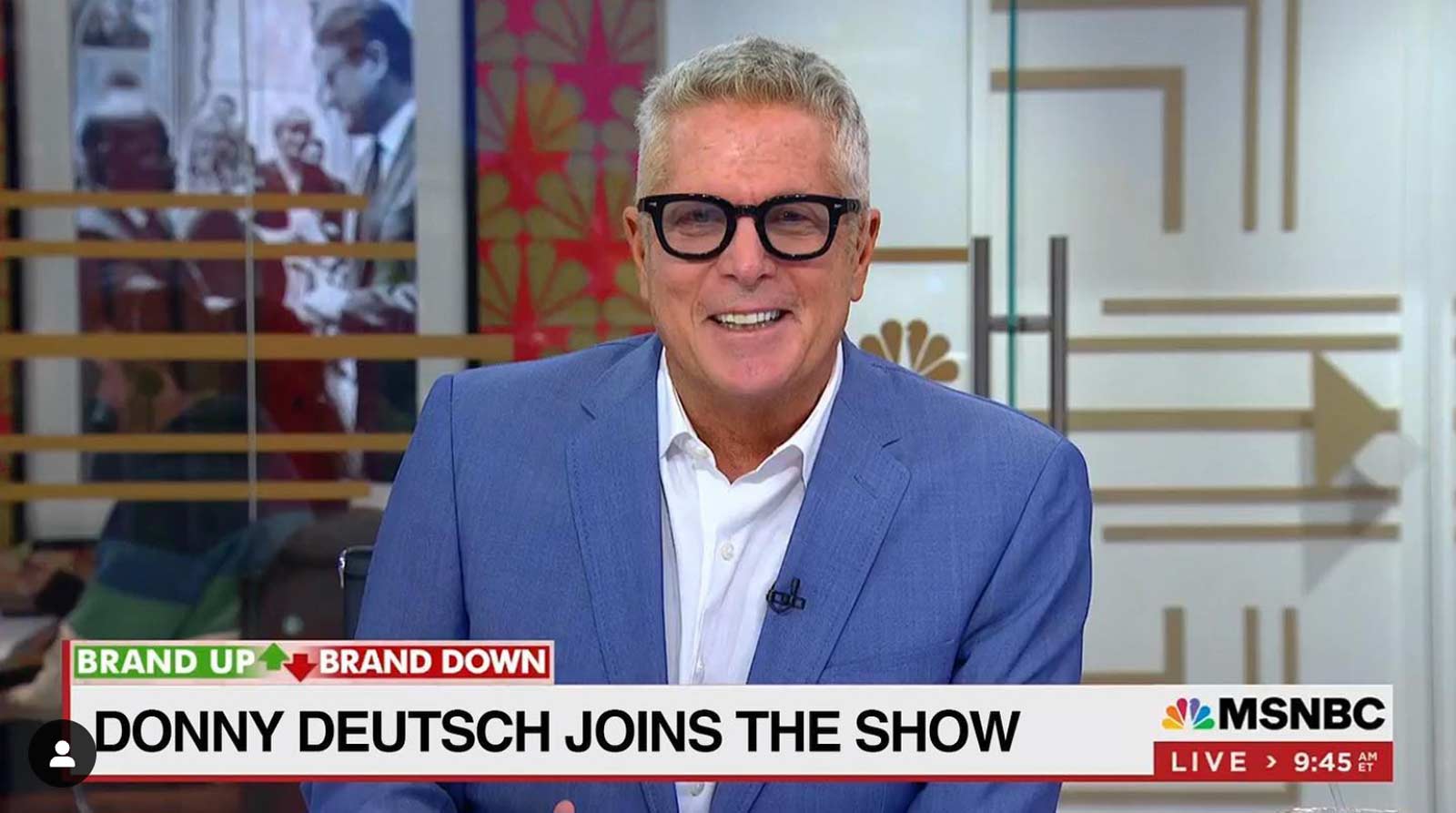The word “blockchain” seems to be everywhere these days. Everyone, from the biggest corporations like IBM to small startups, is jumping on the blockchain bandwagon, trying to leverage the best of it for their products and clients. And even though the technology might look confusing from the outside, it really isn’t, and here’s our guide to prove it.
So, what is blockchain, really?
Blockchain is an online database, sometimes referred to as a distributed ledger, comprising a consecutive chain of digital blocks where each block has information about the previous and next blocks.
In a manner of speaking, it is a digital notebook, where the records cannot be amended thanks to hashing (or hash) – a unique combination of letters and digits where if one symbol is changed, the rest of the symbols in the block are changed as well.
The blockchain technology we know today was first mentioned on October 31, 2008, when Satoshi Nakamoto, the anonymous creator of Bitcoin, wrote about it in the world’s first digital currency whitepaper. But the fundamentals of the technology were described back in 1991 by two scientists, Scott Stornetta and Stuart Haber, when they outlined a system of consequent block creation using hashing. This technology was even patented, but at the time, it seemed like there was no possibility of realizing it, and it passed unnoticed. The patent expiration date ended in 2004, four years before Satoshi described it in their whitepaper.
How it actually works
Blockchain is a data register available to every participant in this network. A digital currency, for instance, is built on blockchain, and every transaction can be created, transferred and recorded without any interference or control from any financial institution or government.
Blocks are added to the network through the process of mining, and miners get rewarded for every block they add. After a transaction is made, it must be verified by several network participants (making this process a vivid representation of decentralization). This gives blockchain technology an advantage over the traditional financial system: it works 24/7 and doesn’t rely on any central bank.

The first-ever mechanism blockchain miners used was Proof-of-Work (PoW), which requires large processing power computers have to provide. That’s why, with time, other mechanisms were created, Proof-of-Stake (PoS) being one of the examples. The PoS protocol is run by validators, the network participants responsible for its integrity and confirmation of all the transactions happening on the blockchain.
Where is blockchain used?
The technology has already received what can be called “major adoption,” with use cases in a lot of industries, from the banking system to the supply chain to the food industry. Now, let’s look at the most common ones.
Cryptocurrency
All cryptocurrencies, be they Bitcoin, Ethereum or Dogecoin, are built on blockchain. Nowadays, cryptocurrencies are mostly used for trading and earning money on volatility, which is common in crypto trading. But cryptocurrencies are also used as means of payment, and this use case is getting more popular each day –– from bars and cafes to being an official payment option in some countries, like El Salvador and the Central African Republic.
Digital currencies
Some countries are now considering and even implementing digital currencies –– currencies governed and issued by banks –– in their citizens’ everyday lives. China, for instance, is a very successful case with its digital currency, the digital yuan. The country’s central bank, The People’s Bank of China (PBOC), has been developing it since 2014, and now the citizens can pay for services and purchases in multiple enterprises and make transfers using the digital yuan. Other countries, like the US, Singapore, Russia and the European Union, are also examining the possibility of implementing digital currencies.
Smart contracts
With smart contracts, blockchain can track the entire chain of supply and verify the authenticity of goods, which helps fight and prevent counterfeiting, analyze the condition and even check the compliance of its production to ethical and moral standards required by buyers or customers.
NFTs
NFTs are non-fungible, unique tokens that prove the authenticity of digital art like photography, music, painting and even GIFs. The year 2021 became the year of NFTs, with blockchain-based non-fungible tokens receiving major attention from artists, musicians, investors and traders. The market reached as much as $40 billion last year and is predicted to grow up to $85 billion, or 30% of the entire crypto market capitalization by 2025.






